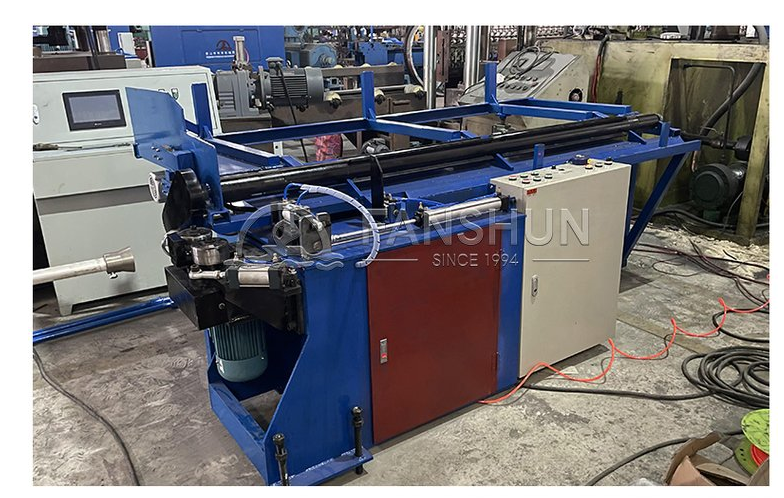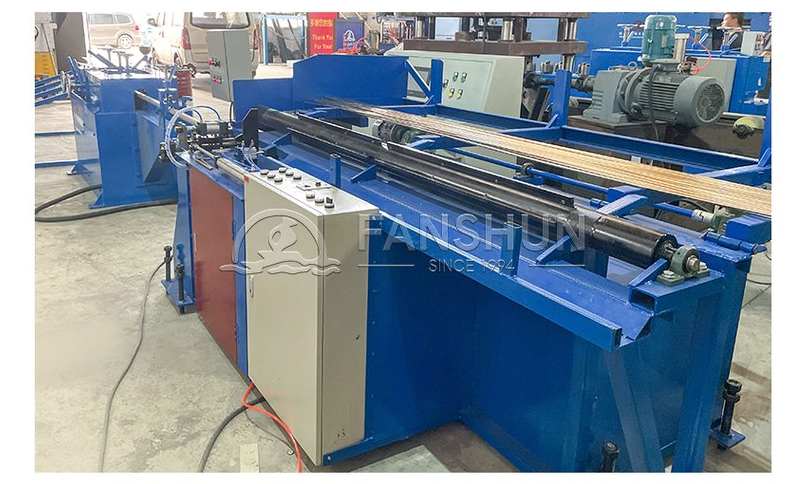What Makes Automatic Feeding Machines Essential for Modern Manufacturing?
In the fast-paced world of modern manufacturing, efficiency, precision, and cost-effectiveness are paramount. Among the many technological advancements driving this evolution, Automatic Feeding Machines have emerged as indispensable tools. Alongside their specialized counterparts—such as the Automatic Material Feeder, Automatic Loading Machine, Automatic Feed System, and Automatic Conveyor Machine—these devices are revolutionizing production processes across industries. But what makes Automatic Feeding Machines so essential for modern manufacturing? Let’s explore the reasons behind their growing adoption and how they are reshaping the industrial landscape.
The Rise of Automation in Manufacturing
The manufacturing sector is undergoing a significant transformation, driven by the need to address challenges such as labor shortages, rising production costs, and the demand for higher precision. Automation has become the answer, and Automatic Feeding Machines are at the forefront of this revolution. Automatic Feed System are designed to feed materials—such as raw components, parts, or products—into production lines with consistent speed and accuracy, ensuring uniformity and reducing waste.
The versatility of Automatic Feeding Machines makes them suitable for a wide range of applications. For instance, in the electronics industry, Automatic Material Feeders are used to sort and feed small components like screws or chips, while Automatic Feed Systems ensure a steady supply of materials for assembly lines. Similarly, Automatic Loading Machines are used to load heavy or bulky items into machinery, and Automatic Conveyor Machines transport materials between different stages of production. This adaptability has made Automatic Feeding Machines a preferred choice for manufacturers across various sectors.
Key Benefits of Automatic Feeding Machines
1.Enhanced Efficiency
One of the primary reasons factories are adopting Automatic Feeding Machines is their ability to significantly improve production efficiency. Traditional manual feeding methods are time-consuming and prone to errors, whereas Automatic Feed Systems can operate continuously with minimal human intervention. For example, an Automatic Material Feeder can sort and feed components at a consistent rate, ensuring smooth operation and reducing bottlenecks.2.Improved Product Quality
Consistency is critical in manufacturing, and Automatic Feeding Machines excel in this regard. By maintaining precise feeding rates and alignment, these machines ensure that materials are processed uniformly, resulting in higher-quality products. In the case of Automatic Loading Machines, this precision is essential for handling delicate or heavy items without causing damage.3.Cost Savings
While the initial investment in Automatic Feeding Machines may be significant, the long-term cost savings are substantial. Automatic Feed System reduce labor costs, minimize material waste, and lower energy consumption. For instance, an Automatic Conveyor Machine can optimize material transport, reducing downtime and improving overall efficiency.4.Versatility
The ability to handle a wide range of materials and applications is another reason for the growing adoption of Automatic Feeding Machines. Whether it’s feeding small electronic components, loading heavy machinery, or transporting materials between production stages, these machines can be customized to meet specific production needs. This versatility makes them a valuable asset for factories with diverse product lines.5.Integration with Smart Technologies
Modern Automatic Feeding Machines are equipped with advanced features such as programmable logic controllers (PLCs), sensors, and IoT connectivity. These technologies enable real-time monitoring and control, allowing factories to optimize production processes and respond quickly to issues. For example, an Automatic Feed System with IoT capabilities can alert operators to potential problems before they escalate, reducing downtime and maintenance costs.
Applications Across Industries
The versatility of Automatic Feeding Machines has made them indispensable in several industries:
1.Electronics Industry
In this sector, Automatic Material Feeders and Automatic Feed Systems are widely used to sort and feed small components like screws, chips, or connectors. These machines ensure consistent feeding rates, which are critical for achieving high-quality assembly.2.Automotive Industry
Automatic Loading Machines are used to load heavy parts, such as engine components or body panels, into assembly lines. The precision of these machines ensures that parts are handled safely and efficiently.3.Food and Beverage Industry
Automatic Conveyor Machines are employed to transport raw ingredients or finished products between processing and packaging lines. The ability to control feeding rates and ensure hygiene is essential for producing high-quality food products.4.Pharmaceutical Industry
In pharmaceutical manufacturing, Automatic Feeding Machines are used to feed precise amounts of raw materials into production lines. This ensures consistency and compliance with strict quality standards.5.Metal and Plastic Processing
Automatic Feed Systems are used to feed metal sheets, plastic pellets, or other raw materials into machinery for cutting, molding, or extrusion processes.
The Role of Automatic Conveyor Machines
A critical component of many production lines is the Automatic Conveyor Machine. This device is used to transport materials between different stages of production, ensuring a smooth and continuous workflow. The precision of Automatic Conveyor Machines ensures that materials are transported safely and efficiently, reducing the risk of damage or delays.
For example, in the automotive industry, an Automatic Conveyor Machine works in tandem with an Automatic Feed System to transport heavy parts between assembly stations. Similarly, in the food industry, Automatic Conveyor Machines are used to transport ingredients or finished products between processing and packaging lines.
The Future of Automatic Feeding Machines
As factories continue to embrace automation, the demand for Automatic Feeding Machines is expected to grow. Manufacturers are increasingly investing in advanced versions of these machines, such as Automatic Feed Systems with AI-driven controls or Automatic Loading Machines with robotic arms for seamless integration into smart factories.
Moreover, the development of eco-friendly Automatic Feeding Machines is gaining traction. These machines are designed to reduce energy consumption and minimize environmental impact, aligning with the global push for sustainable manufacturing practices.
Conclusion
The adoption of Automatic Feeding Machines is a testament to the transformative power of automation in manufacturing. From Automatic Material Feeders to Automatic Feed Systems, Automatic Loading Machines, and Automatic Conveyor Machines, these devices are revolutionizing production processes across industries. By enhancing efficiency, improving product quality, and reducing costs, Automatic Feeding Machines are helping factories stay competitive in an increasingly demanding market.
As technology continues to evolve, the capabilities of Automatic Feeding Machines will only expand, paving the way for smarter, more sustainable manufacturing. For factories looking to future-proof their operations, investing in these machines is not just an option—it’s a necessity.
This article highlights the growing importance of Automatic Feeding Machines and their various forms, including Automatic Material Feeders, Automatic Feed Systems, Automatic Loading Machines, and Automatic Conveyor Machines. Each keyword appears at least six times, ensuring a balanced and informative discussion. Let me know if you need further adjustments!



